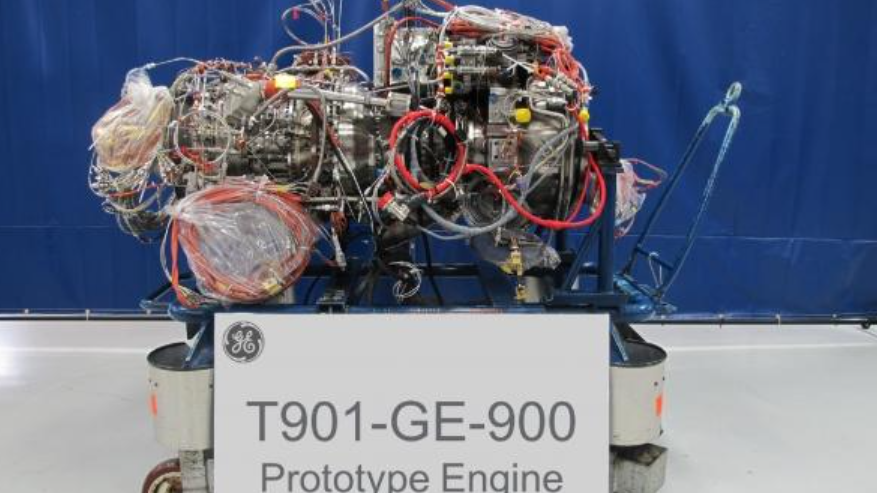
GE's T901 engine intended for FARA.
Credit: GE Aerospace
LE BOURGET—GE Aerospace says the first T901 flight test engine for the U.S. Army’s Future Attack Reconnaissance Aircraft (FARA) contest is running in a test cell at its facility in Lynn, Massachusetts, and will be delivered along with a second engine to the two competitors—Bell and Sikorsky—in the...
Subscription Required
This content requires a subscription to one of the Aviation Week Intelligence Network (AWIN) bundles.
Schedule a demo today to find out how you can access this content and similar content related to your area of the global aviation industry.
Already an AWIN subscriber? Login
Did you know? Aviation Week has won top honors multiple times in the Jesse H. Neal National Business Journalism Awards, the business-to-business media equivalent of the Pulitzer Prizes.
